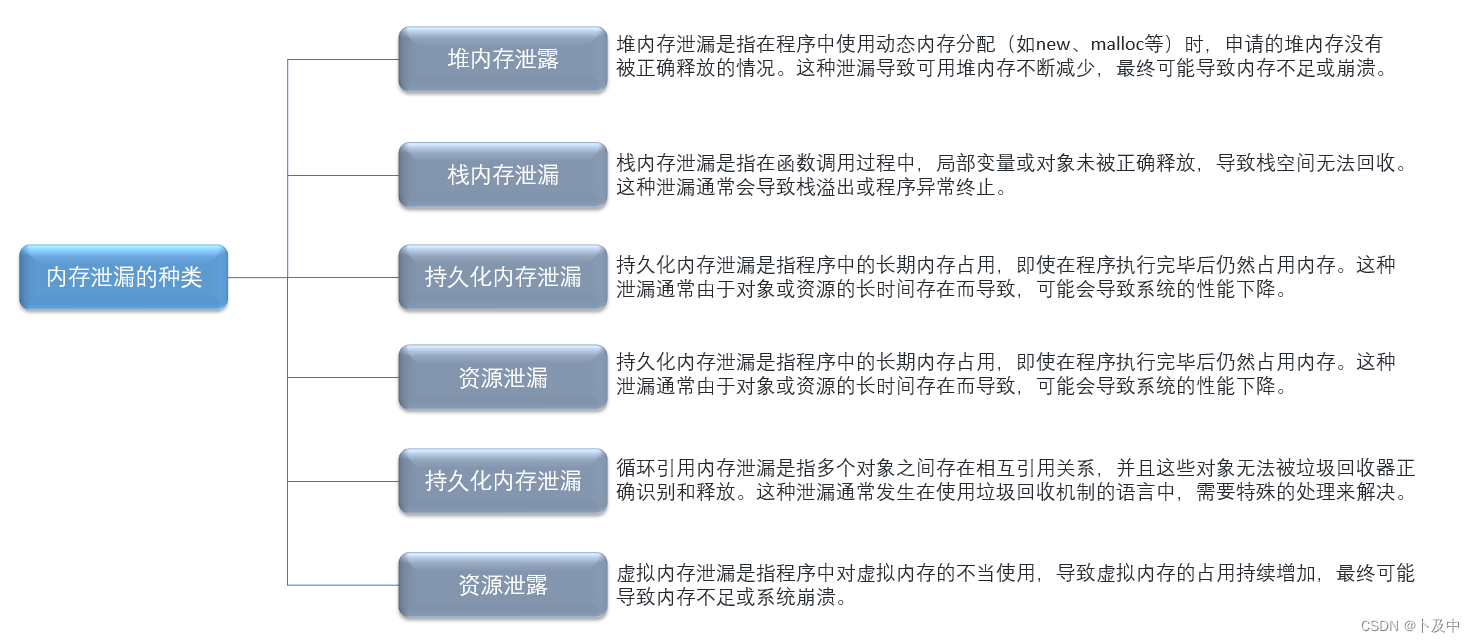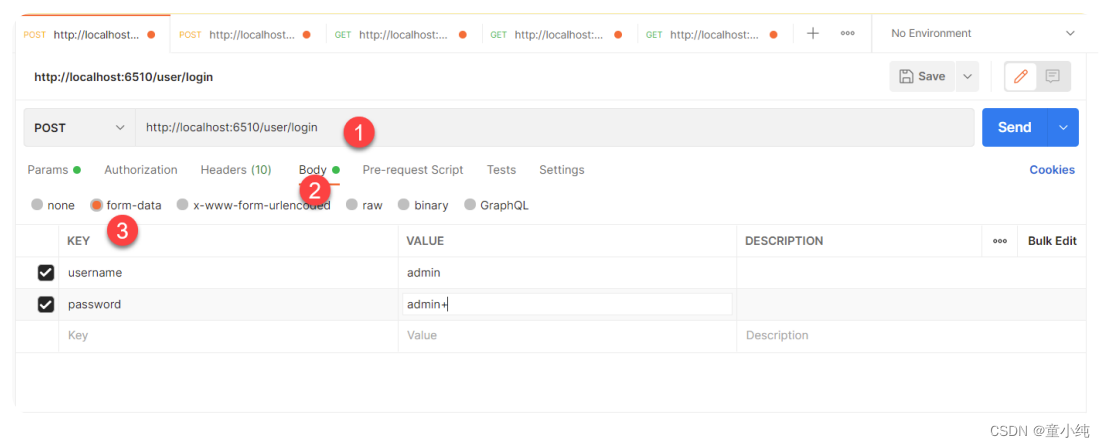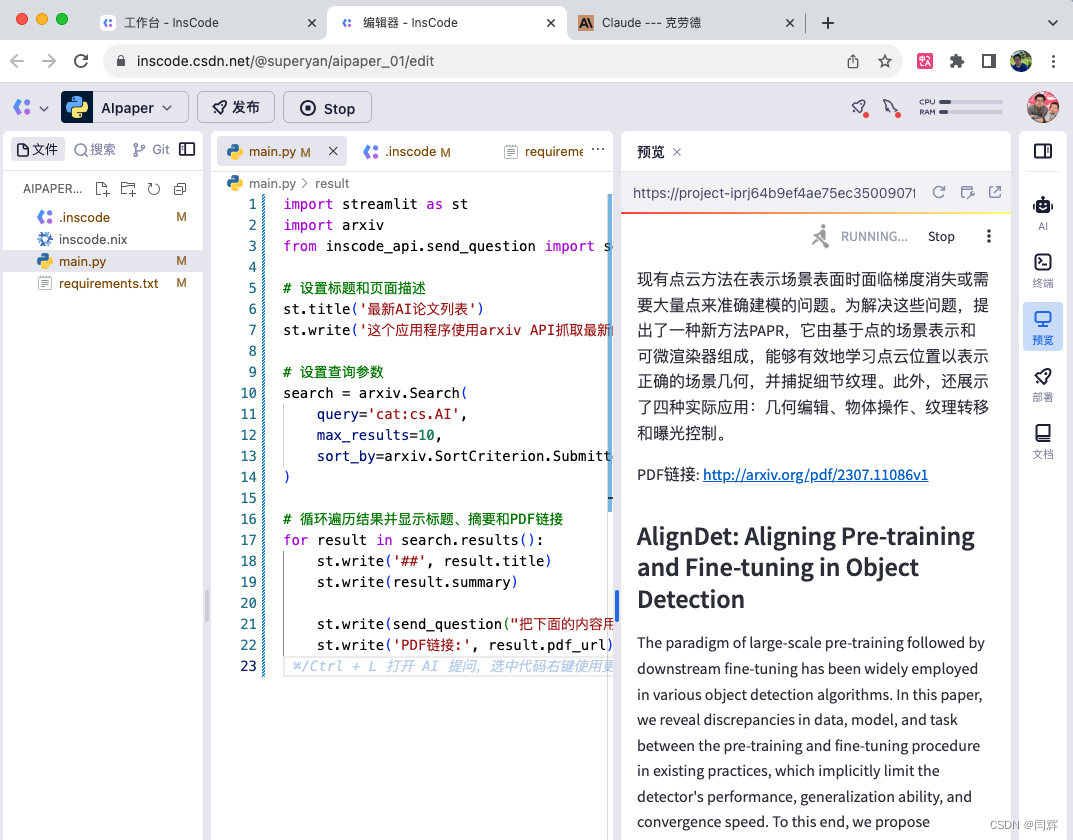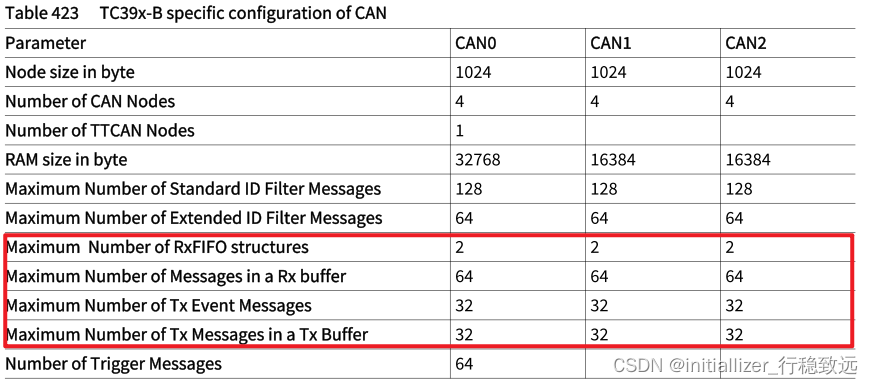文章目录
- 一、实现strStr()
- 二、重复的子字符串
一、实现strStr()

先学学KMP算法,代码随想录
28.实现strStr()
class Solution {
public:
void getNext(int* next, const string& s) {
int j = -1;
next[0] = j;
for(int i = 1; i < s.size(); i++) { // 注意i从1开始
while (j >= 0 && s[i] != s[j + 1]) { // 前后缀不相同了
j = next[j]; // 向前回退
}
if (s[i] == s[j + 1]) { // 找到相同的前后缀
j++;
}
next[i] = j; // 将j(前缀的长度)赋给next[i]
}
}
int strStr(string haystack, string needle) {
if (needle.size() == 0) {
return 0;
}
int next[needle.size()];
getNext(next, needle);
int j = -1; // // 因为next数组里记录的起始位置为-1
for (int i = 0; i < haystack.size(); i++) { // 注意i就从0开始
while(j >= 0 && haystack[i] != needle[j + 1]) { // 不匹配
j = next[j]; // j 寻找之前匹配的位置
}
if (haystack[i] == needle[j + 1]) { // 匹配,j和i同时向后移动
j++; // i的增加在for循环里
}
if (j == (needle.size() - 1) ) { // 文本串s里出现了模式串t
return (i - needle.size() + 1);
}
}
return -1;
}
};
二、重复的子字符串
459.重复的子字符串
暴力做法:
class Solution {
public:
bool repeatedSubstringPattern(string s) {
int n = s.length();
for (int i = 1; i <= n / 2; i++) {
if (n % i == 0) {
string pattern = s.substr(0, i);
int numRepeats = n / i;
string constructedString = "";
for (int j = 0; j < numRepeats; j++) {
constructedString += pattern;
}
if (constructedString == s) {
return true;
}
}
}
return false;
}
};
该函数的思路是从字符串的长度的一半开始,依次尝试各个可能的子串长度。对于每一个可能的子串长度,我们构建一个重复多次的字符串,并与原始字符串进行比较。如果两个字符串相等,则说明可以通过子串重复多次构成,返回 true;否则继续尝试下一个可能的子串长度。如果循环结束后仍未找到符合条件的子串长度,则返回 false。
移动匹配:
class Solution {
public:
bool repeatedSubstringPattern(string s) {
string t = s + s;
t.erase(t.begin());
t.erase(t.end() - 1); // 掐头去尾
if (t.find(s) != std::string::npos) return true;
return false;
}
};
KMP:
还没有完全理解KMP,先放会儿


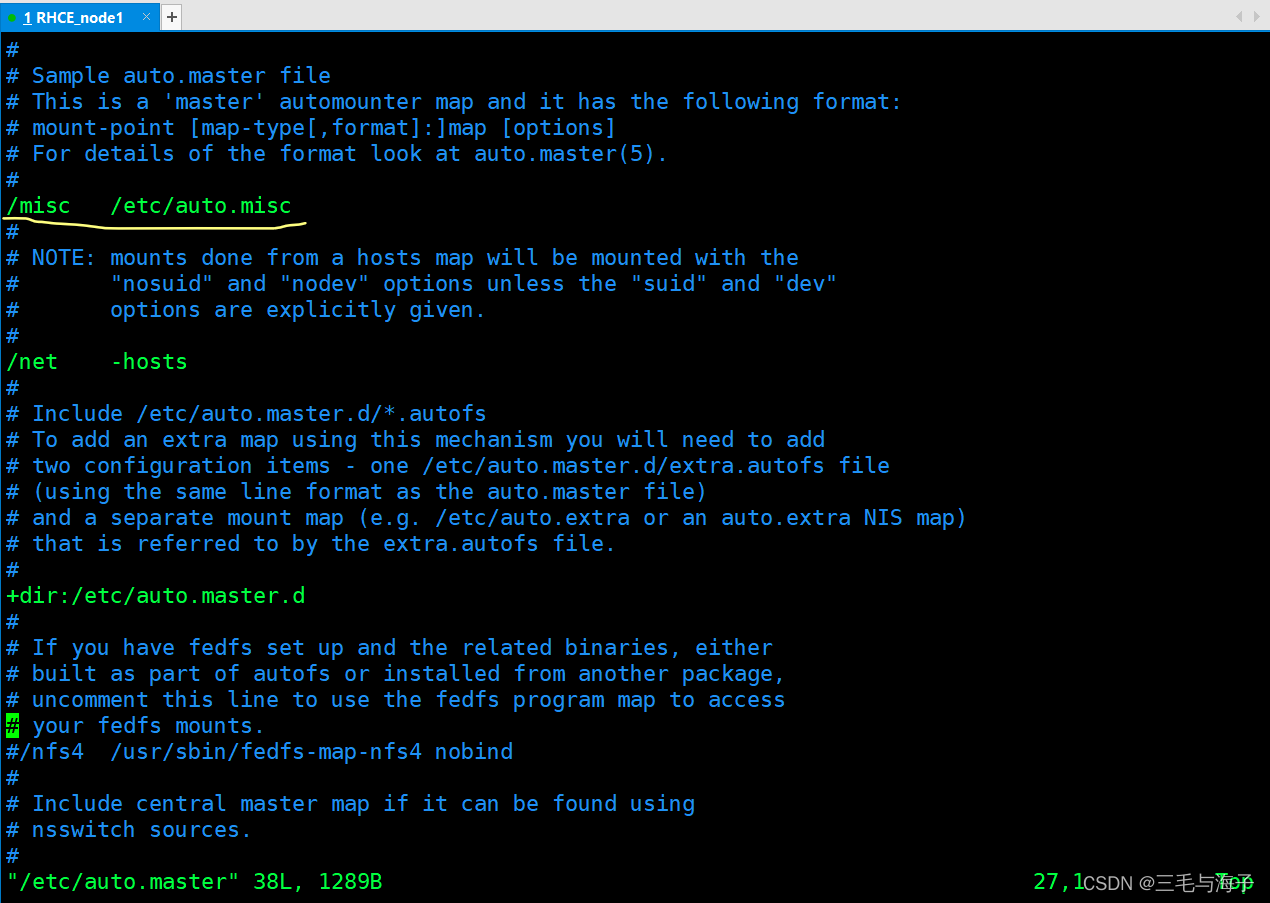
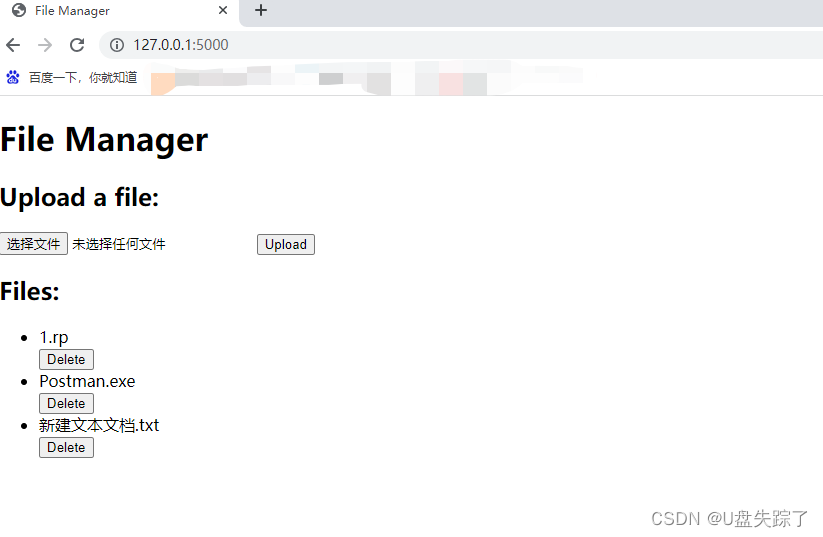
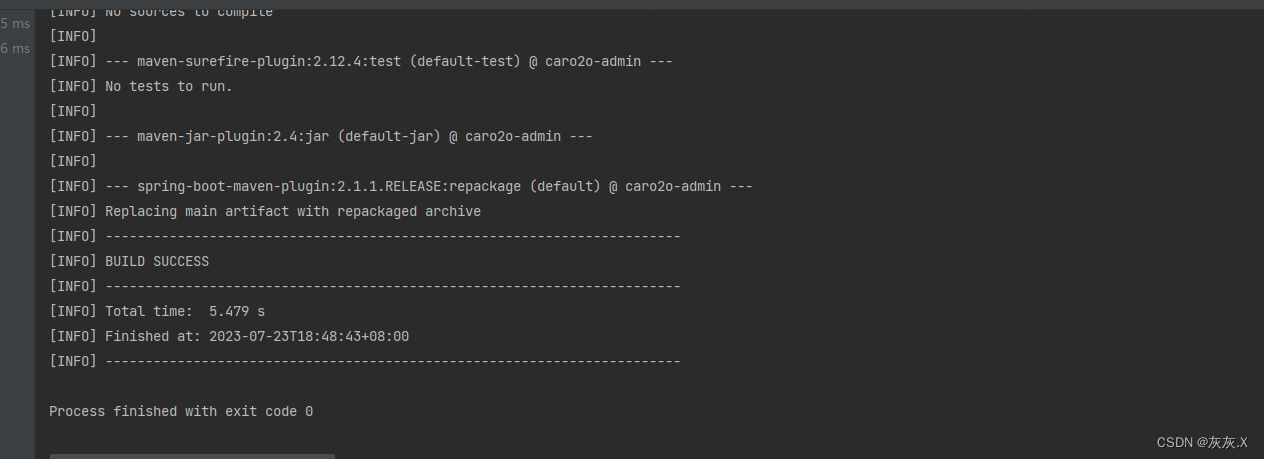


![[数学建模] [2019年A 模拟练习][层次分析法、熵值法、多目标优化、主成分分析法] 4. 深圳居民健康水平评估与测控模型研究](https://img-blog.csdnimg.cn/45b69d3ab4964bafa99bbb8122c93785.png#pic_center)
